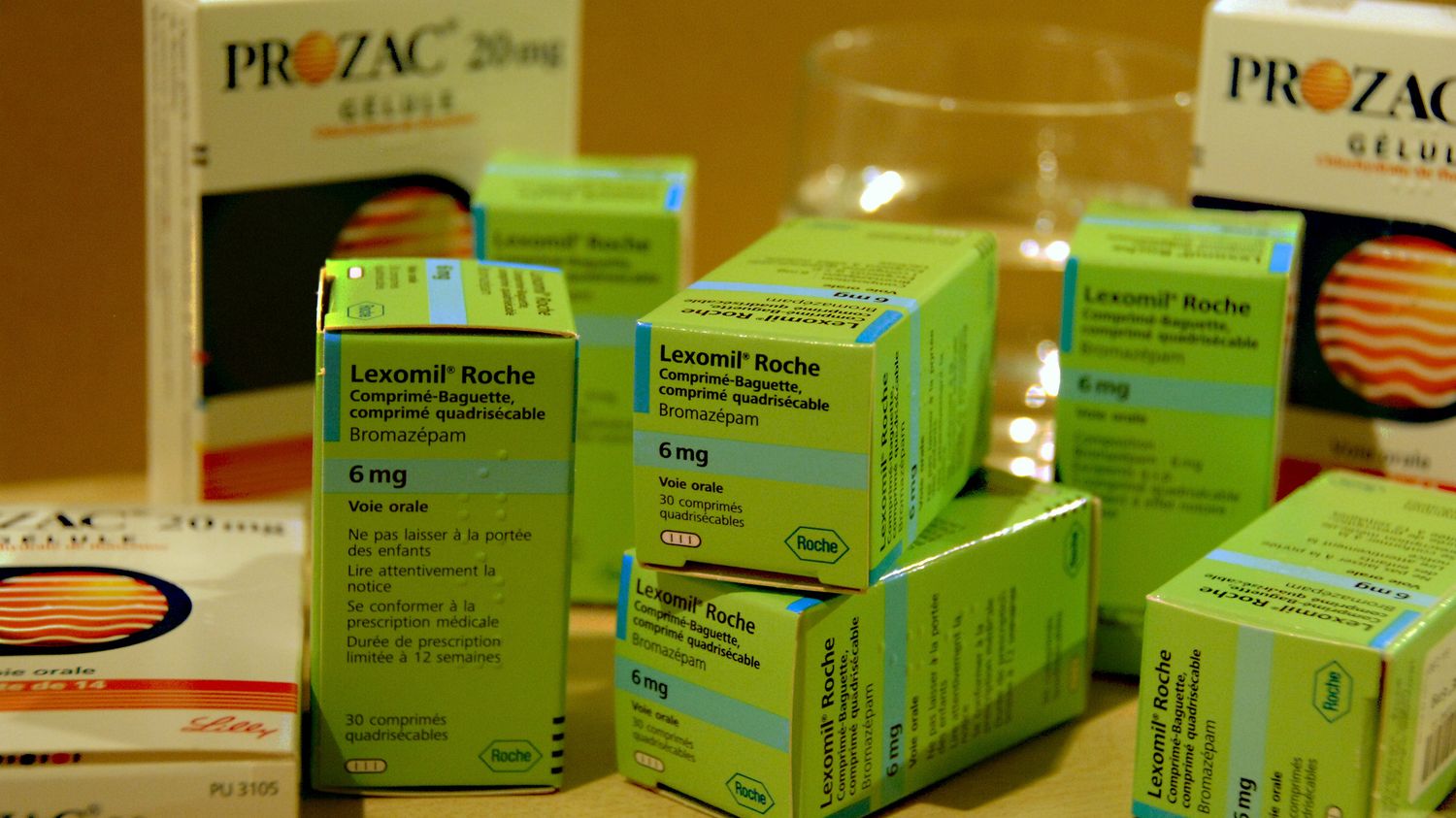The High Council for the Family, Childhood and Age asks to “considerably strengthen the structural means dedicated to the mental health of the child” as well as the implementation of an “ambitious public policy in the matter “.
The prescriptions of psychotropic drugs are exploding among children and adolescents. This is the observation made on Monday March 13 by the High Council for the Family, Childhood and Age (HCFEA) in a report entitled “When children are in bad shape, how can they be helped?”.
Between 2014 and 2021, the use of antipsychotics among children increased by 48.54%. This rate rises to 62.58% for antidepressants and 155.48% for hypnotics and sedatives. The phenomenon concerns tens of thousands of children. The level of prescription of psychotropic drugs concerns nearly 5% of the pediatric population, or one in twenty children, specifies the HCFEA.
One in 20 children affected
The finding is worrying, especially since these prescriptions are often made without marketing authorization (AMM), as the appropriate drugs do not exist for children. According to the report, this is the case for 40% of prescriptions in the city, and for 67 to 94% of those issued in the hospital.
The HCFEA denounces a “chisel effect” between this vertiginous increase in the consumption of drugs and the decline in the supply of care in France. The report notes that “the pediatric, child psychiatric and medico-social offer is in decline and no longer allows children and families to be accommodated within a reasonable time”. In the absence of specialists, the majority of child consultations are carried out by the general practitioner. “Only 30% of children are seen by a pediatrician, who concentrates his patient population on children under 2 years old.”
Insufficient care offer
The Covid and the successive confinements have had a deleterious effect on the health of children. Suicidal gestures or feelings of anxiety are on the rise. The ill-being of children and adolescents is also accentuated by a deficit in the supply of care in the school environment, notes the report. School doctors and nurses can no longer provide “their reception and individual follow-up missions for all children who request it”, explains the document. For its part, the Maternal and Child Protection (PMI) “also can no longer respond satisfactorily to the needs of parents and children for what would fall within its competence”. And consultations in educational medical centers (CMP) have been divided by four.
>>> Children’s mental health: “There is an urgent need to act”, according to the Defender of Rights
Among the most widely used psychotropic drugs, the HCFEA is particularly concerned about the prescription for children, sometimes before the age of 6, of drugs intended for adults such as antiparkinsonians, hypnotics or antidepressants. The study also notes numerous co-prescriptions and non-compliance with prescription rules by medical specialists.
The report also points to the existence of a school and social determination regarding the prescription of psychostimulant drugs in children and adolescents in France. The youngest children in their class or from disadvantaged backgrounds are at increased risk of medication.
Disadvantaged children among the most affected
“The health and mental well-being of children is a concern that must mobilize all of society. All actors in the fields of educational and social action must provide a response”, writes the HCFEA. The report intends to propose “ways to improve this support and care”. It pleads for more appropriate psychotherapies, but also for educational know-how to better support and include the child as well as optimized social interventions to better take into account risk factors and mental disorders in children.
“The High Council recommends considerably strengthening the structural resources dedicated to the mental health of children and the deployment of an ambitious public policy in this area, which involves strengthening the resources of child psychiatry, but also the resources dedicated to psychotherapeutic, educational and social approaches aimed at the child and the family”concludes the report.
